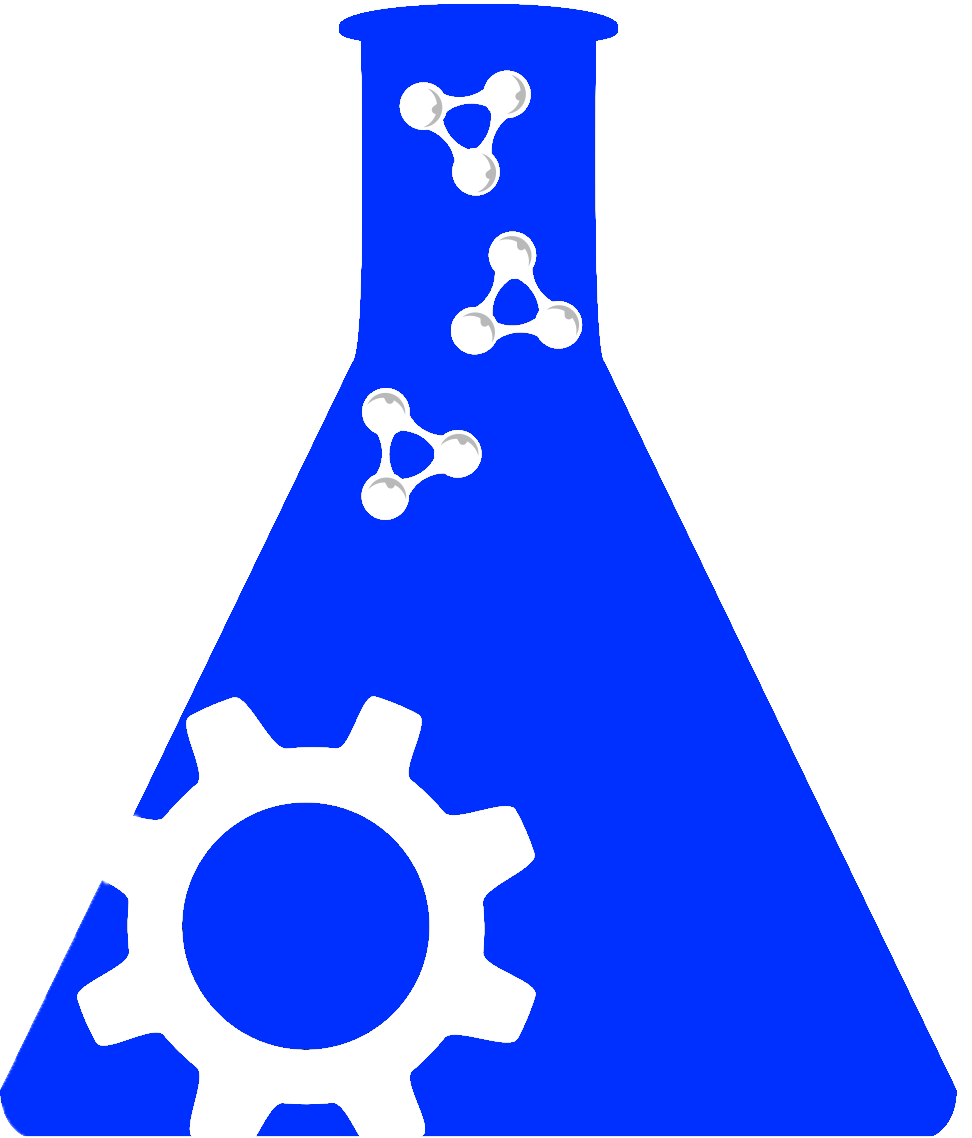Full Data Package |
Data Dictionary |
|||
|---|---|---|---|---|
Create new odc-sci Account and/or log in to download the file. |
||||
Longitudinal Analysis of Locomotor Recovery After Moderate Thoracic Contusive Spinal Cord Injury in C57BL/6 Female Mice Treated with Bumetanide or CLP-290DOI:10.34945/F5BC8HDATASET CITATIONAmes S., Vohra A., Brooks J., Jones E., Morehouse J., Cortez-Thomas F., Desta D., Stirling D. P. (2025) Longitudinal Analysis of Locomotor Recovery After Moderate Thoracic Contusive Spinal Cord Injury in C57BL/6 Female Mice Treated with Bumetanide or CLP-290. Open Data Commons for Spinal Cord Injury. ODC-SCI:1313 http://doi.org/10.34945/F5BC8HABSTRACTSTUDY PURPOSE: To assess whether modulation of cation-chloride cotransporters would increase white matter sparing and improve neurological recovery following a moderate contusive SCI (T9, 50 kdyn). This dataset contains the behavioral data related to a study conducted to explore chronic functional improvements.DATA COLLECTED: Sixty-seven adult female 8-week-old C57BL/6 mice were purchased from Jackson Labs. Subjects were assigned to one of six groups: dimethyl sulfoxide in saline (vehicle control for bumetanide and CLP-290 IP), CLP-290 100 mg/kg (KCC2 chloride transporter), bumetanide (NKCC1 inhibitor) high dose IP (30 mg/kg), bumetanide low dose IP (4 mg/kg), bumetanide IT (10 uL; 5 µg/µL) and ACSF (vehicle control for bumetanide IT). High dose bumetanide (30 mg/kg) was given intraperitoneally (IP) at 1h and 4h post-SCI and then once daily for 7 days after SCI, and low dose bumetanide (4 mg/kg) was given (IP) at 1h post-SCI and then once daily for 28 days after SCI; bumetanide was prepared following manufacturer's recommendation (Bio-Techne Corporation, Minneapolis, MN). Subjects in the CLP-290 group were administered their treatment via oral gavage at 1h and then once daily for 7 days after SCI; CLP-290 was prepared according to manufacturer's recommendations (Cayman Chemical, Ann Arbor, MI). Subjects in the bumetanide IT and ACSF group received treatment via intrathecal injection (IT) at 1h and then once daily for 7 days after SCI. Subjects completed a variety of behavioral tests to assess recovery and were humanely euthanized 6 weeks after SCI to assess white matter sparing. The horizontal ladder test was performed pre-injury (baseline) and bi-weekly post-injury (weeks 2, 4, 6) by individuals blind to treatment. Five trials were conducted at each assessment time, and data was averaged for each subject. The Basso Mouse Scale (BMS) was conducted at baseline, early after SCI (2/3 days post-injury), then weekly for 6 weeks. Hindlimb locomotor scores were assessed using the BMS, a 10-point scale ranging from 0 to 9 (no limb movement to normal locomotor function). BMS subscores were also calculated when BMS hindlimb assessments reached a score of 5 or greater. To assess white matter sparing, air-dried sections were cleared and hydrated before white matter was stained using 0.2% eriochrome cyanine (EC), and gray matter was counter stained with 0.5% neutral red. White matter spared and total cross-sectional area were quantified by a treatment blinded assessor.CONCLUSIONS: Mechanistically, activation of the cation-chloride cotransporter KCC2 with CLP-290 did not improve neurological recovery but did improve chronic tissue sparing. In distinction, the NKCC1 antagonist bumetanide improved neurological recovery and tissue sparing when administered at a high dose (30 mg/kg). The horizontal ladder task did not reveal significant changes in neurological recovery, but 6-week horizontal ladder footfalls were inversely correlated with bumetanide (30 mg/kg) white matter sparing. BMS and BMS subscores did not reveal significant changes in neurological recovery; however, individual components of BMS subscore did reveal significant differences between groups.KEYWORDSCation-chloride cotransporters; Spinal Cord Injury; bumetanide; Basso Mouse Scale; CLP 290PROVENANCE / ORIGINATING PUBLICATIONS
RELEVANT LINKSNOTES |
DATASET INFOContact: Ames Spencer (spencer.ames@louisville.edu), Stirling David (david.stirling@louisville.edu)Lab: Stirling Lab
|
|




